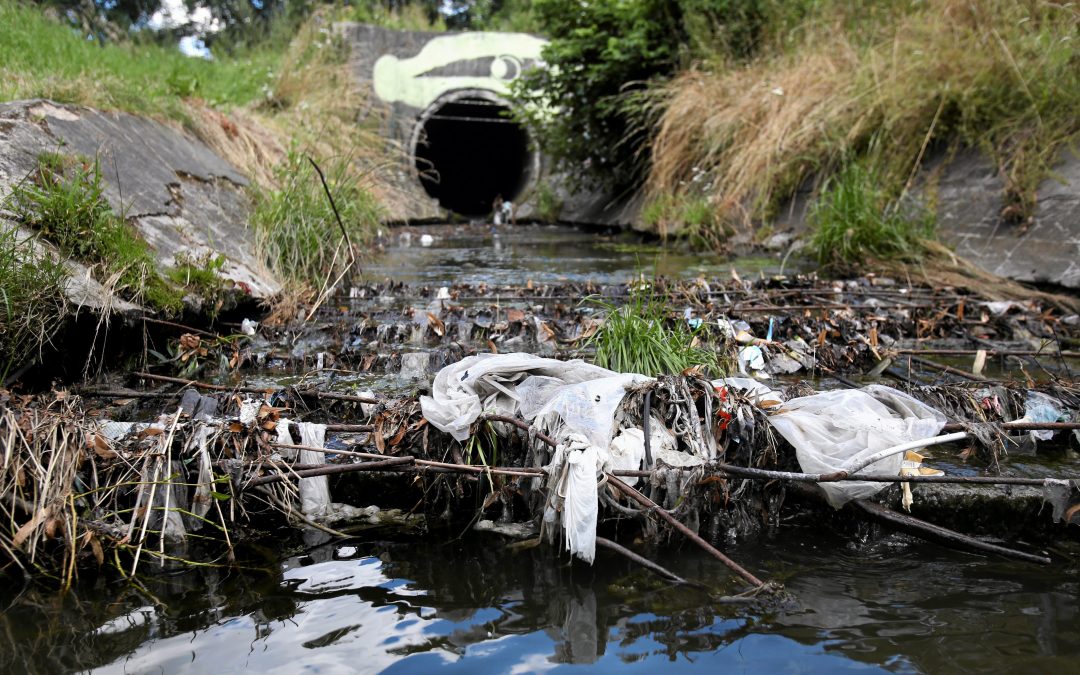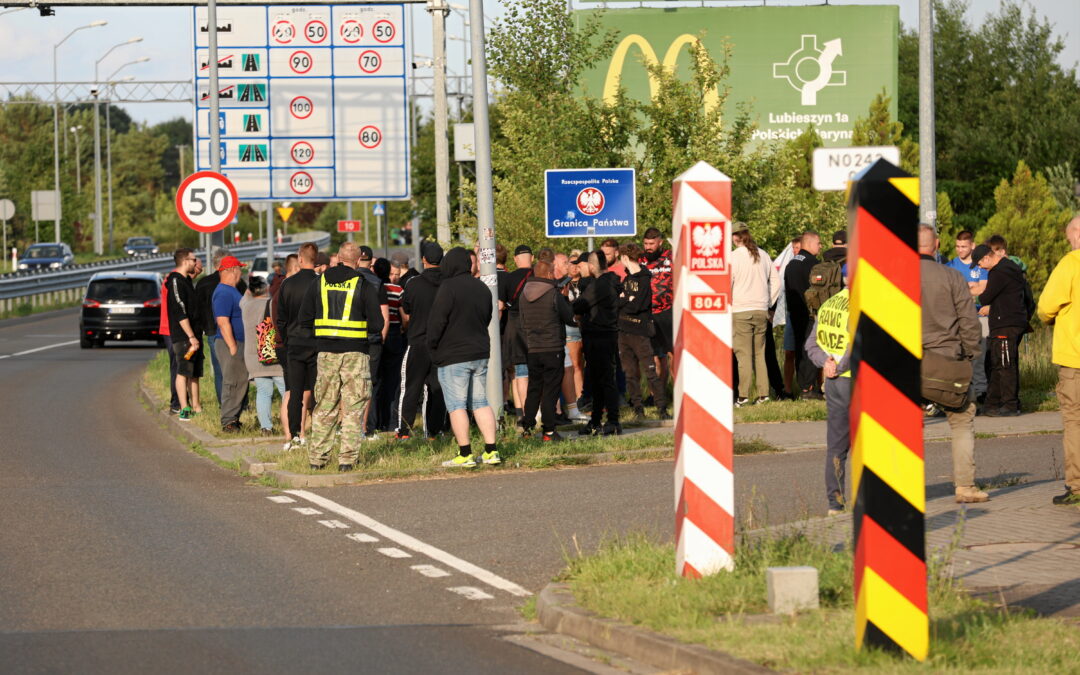There are currently around 1,400 sewage outlets on Polish rivers without a valid permit, says the head of the state body responsible for water management.
One fifth of these are on the Oder, Polnd’s second longest river and the site of an ongoing environmental catastrophe that has caused over 100 tonnes of fish to die for reasons yet to be ascertained.
Krzysztof Woś – the acting director of Polish Waters after his predecessor was fired by the prime minister this month over the Oder crisis – also discussed the “catastrophically low” levels in Polish rivers, saying that more water must be retained to provide conditions for aquatic life to survive.
Speaking at a press conference, Woś said that his agency has been identifying and monitoring all sewage outlets on the country’s rivers since last year.
“We have checked and verified over 17,000 such outlets, and around 1,400 of the pipes do not have a current water permit for discharging sewage,” he explained, quoted by TVP. “As for the Oder, we have recorded 282 such cases.”
Polish Waters has since begun a procedure to clarify the ownership of the pipes. “In 57 cases we have reported the matter to the police,” he said, but added that identifying illegal sewage outlets is “above all the duty of the climate and environment ministry” and “it is not within the competences of Polish Waters to carry out tests on water purity”.
When intervention is required, the agency informs the environmental protection inspector for the relevant province, which orders tests of water samples, he added, quoted by TVN24. Where norms are found to be exceeded, plants may be punished or have their water permits removed.
“Over a dozen” ad hoc inspections have been ordered or conducted since the environmental disaster on the Oder river was first identified, Woś said. “We have selected those major plants that benefit from a water permit and inspections have been announced or are being carried out there.”
Woś also noted that Polish Waters is involved with important investments working with the World Bank, Council of Europe Development Bank and EU funds to protect the Oder and Vistula basins. The priority is to increase the “disposable resources of the Oder so there is more water and fish will have a better living environment”.
“This year in particular we are observing catastrophically low water levels and simultaneously very high water temperatures,” he explained. “That means that we must retain more water to create suitable conditions for biological life in the water to be able to function and develop.”
At the same press conference, deputy infrastructure minister Marek Gróbarczyk said that a special law on the Oder river that is currently being prepared will improve monitoring of the river water and assure financial compensation to those who have suffered most from the disaster.
Scientists and officials in both Poland and Germany – along whose border the river runs – have floated various theories to explain the mass deaths of fish in the Oder, but the reasons remain unclear.
Last week, the Polish climate ministry reported that toxic golden algae could be the culprit. An additional element contributing to fish extinction is very low oxygen levels in water overflowing with dead fish.
At the weekend, the Polish climate minister accused German media of spreading fake news, after a newspaper reported that extremely high concentrations of pesticides were found in water samples from earlier this month, something that Poland denies.
The German government is "surprised and saddened" by Warsaw's suggestion that Germany has been spreading "fake news" about the poisoning of the Oder river, says a spokesman https://t.co/h5Utv01C81
— Notes from Poland 🇵🇱 (@notesfrompoland) August 22, 2022
Main image credit: Jakub Orzechowski / Agencja Gazeta

Ben Koschalka is a translator and senior editor at Notes from Poland. Originally from Britain, he has lived in Kraków since 2005.




















